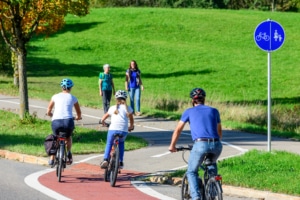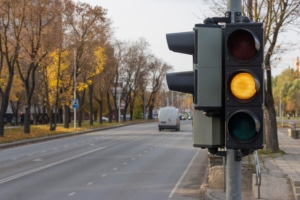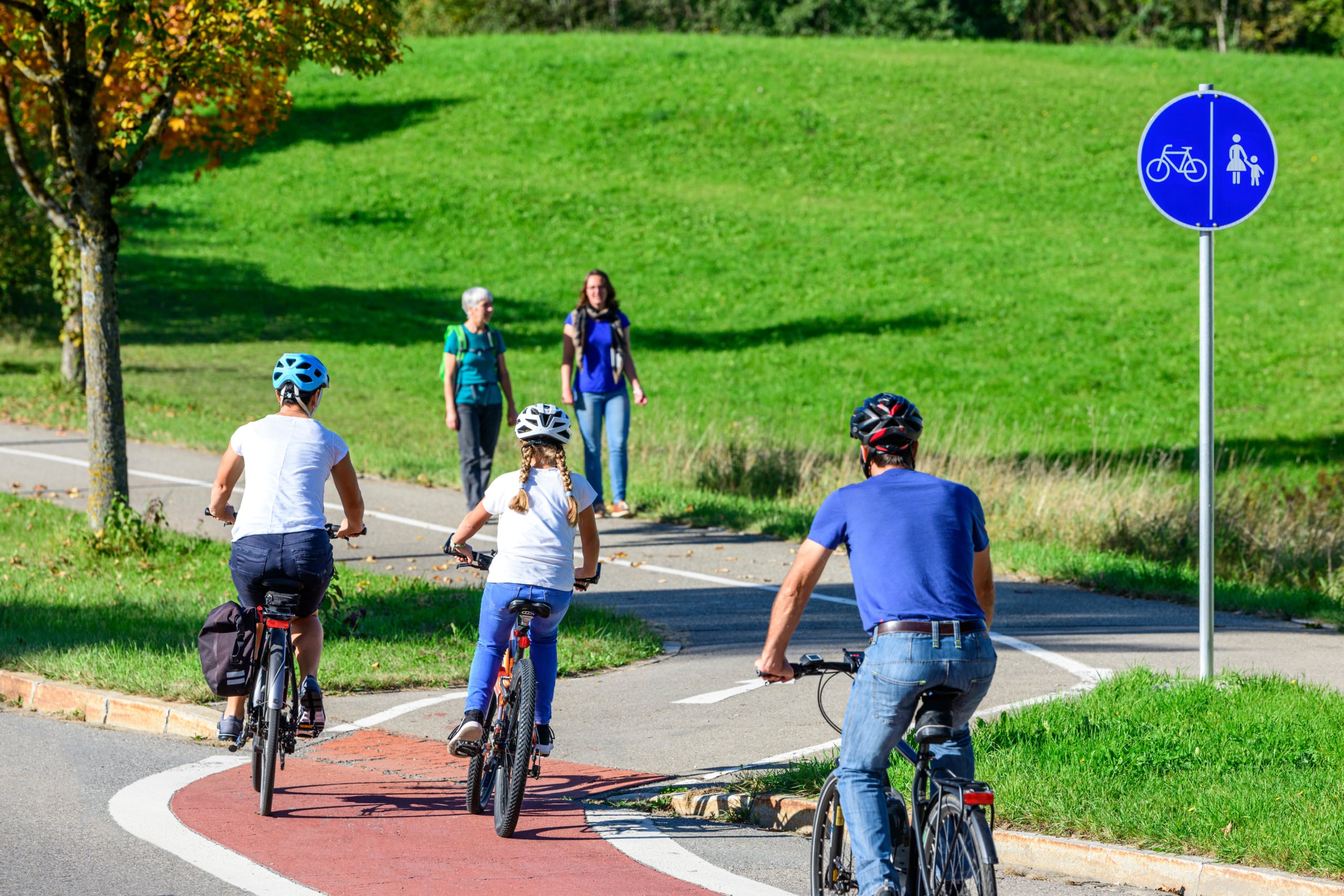
Bicycle Counting: Modern Methodologies for Cycle Lane Planning
With the current climate situation and the need to decarbonize transport, the rise of bike commuting, personal mobility devices (PMDs) and motorized PMDs has made it increasingly important to measure the use of cycle lanes. The methods for measuring bicycles and so-called “active” transport modes have also undergone major changes.
In this context, keywords like “bike counter,” “bicycle counting,” and “cycle lane impact” often appear in conferences, podcasts, shows, and TV reports.
This article explores the different bicycle counting methods, their importance for adapting and optimizing infrastructure, and how technology is revolutionizing this field.
Reading time : 10min
Why count bicycles?
Bicycle counting is not just an academic exercise. Usage data is crucial for:
- Updating infrastructure needs
- Making investment and infrastructure decisions
- Monitoring and adjusting ongoing projects
- Identifying problem areas and proposing solutions
And in this field, precision, reliability, and completeness are key.
The era of technology: smart bicycle counters
Automatic bicycle counters:
magnetic loops, infrared sensors, pneumatic tubes
These are traditional methods that have been widely used. They are useful on dedicated, uncongested lanes and provide moderately reliable classification, especially in high-traffic or congested situations. Loops require civil engineering work for installation.
Surveys, barometers, and questionnaires
Questionnaires can be conducted to understand cyclist satisfaction, motivations, and gather suggestions for improvement.
The era of technology: smart bicycle counters
Video Sensors
Thanks to advances in computer vision, video sensors have become a reliable and cost-effective method for bicycle counting. These sensors work day and night and provide very accurate data such as fine mode classification, on both dedicated and mixed-use lanes.
Artificial Intelligence
Sophisticated algorithms can detect, count, and categorize bicycles, measure speed, identify cyclist groups, and even analyze behavior.
A software solution like “minUi”, developed by ALYCE, is a strong example of how AI can be used for deeper analysis in the mobility sector. By combining the company’s expertise in mobility data with technology and traffic engineering, minUi is a true Swiss Army knife enabling any mobility professional to independently generate indicators, metrics, and analyses—unlimited in scope. Catégorisation et comptage des modes actifs sur une piste cyclable avec l’analyse vidéo par IA.
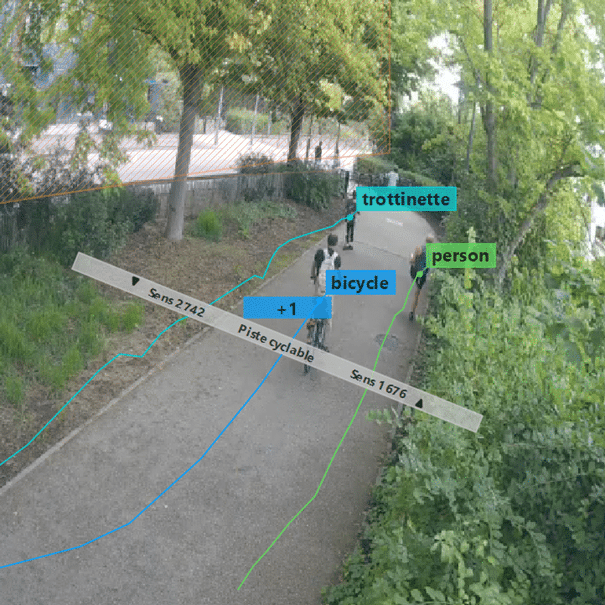
Comparison of bicycle counters by CEREMA
CEREMA has evaluated several counting systems, including ALYCE’s artificial intelligence solution for measuring bicycle traffic on both dedicated and mixed-use lanes.
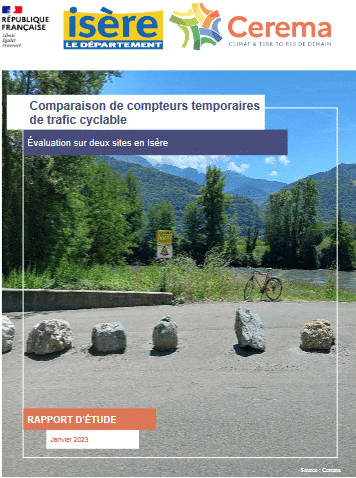
Study report comparing temporary bicycle traffic counters on two sites in Isère.
Author: Axel Thieulin, Published by Cerema, 2022. Read the report.
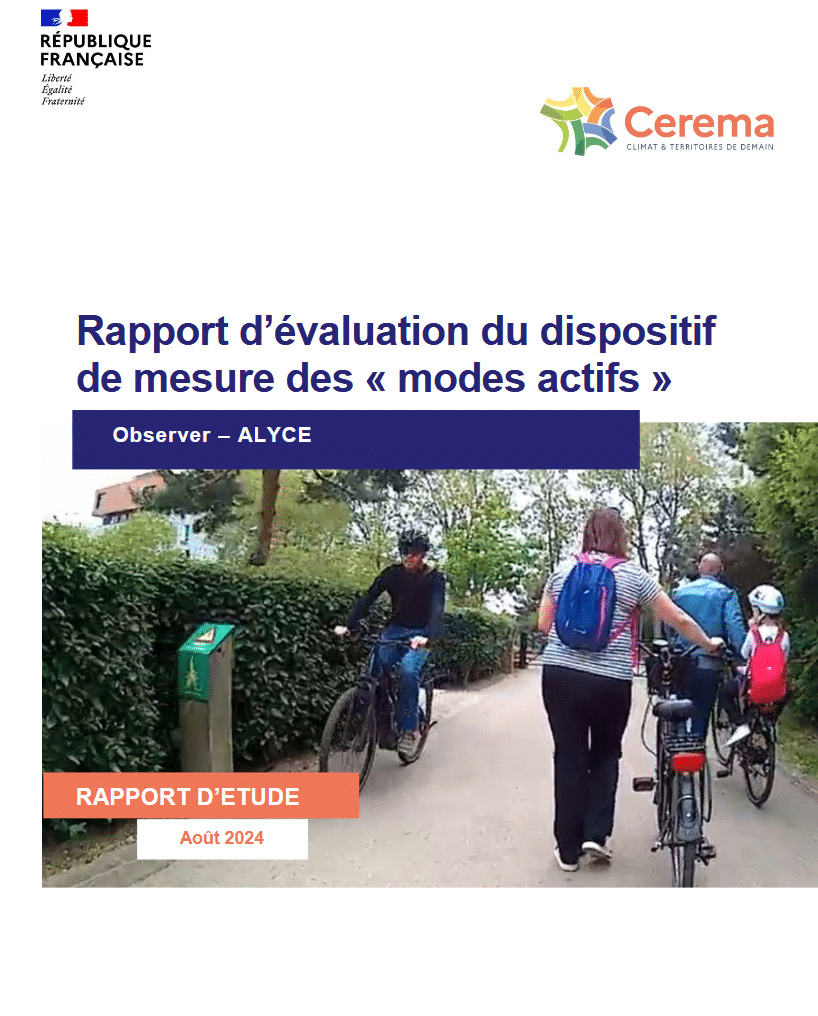
Evaluation report of the “active modes” measurement system Observer – ALYCE.
Author: Yvana Bar, Published by Cerema, Bron – 2024
Read the report
The 3 key stages of cycle lane development
Evaluation phase
At this stage, the goal is to assess the usefulness and effectiveness of existing or planned infrastructure. This is done through bicycle counts and usage data.
1st step: Analysis of traffic flows
Observing cyclist flows on existing lanes or nearby areas helps determine peak hours, most used routes, and areas needing improvements or adjustments.
2nd step: Study of user behavior
Observing how cyclists interact with current infrastructure helps identify potential issues such as pedestrian conflicts, dangerous situations, or frequent misrouting.
3rd step: Evaluation of road usage
Analyzing how cycle infrastructure integrates with the overall roadway system allows the assessment of how well it coexists with other modes like cars, pedestrians, and public transport. Video analysis also helps assess infrastructure compliance, such as ignoring traffic lights, riding the wrong way, or excessive speeds.
Adaptation phase
After evaluation, plans can be adjusted based on user behavior. Delayed or real-time observations enable actions like new markings, dynamic signage, urban redesigns to correct trajectories, or traffic regulation.
Identification and solutions phase
Once the lanes are in place, continued observation is key to identifying issues and providing solutions.
Once cycle lanes are installed, the optimization phase begins, with questions such as:
- Are there any problem areas?
- Is improved signage needed?
- What new behaviors are emerging?
For instance, to detect conflict zones between active and motorized modes, interaction analysis can determine which changes are needed to improve safety.
AI-powered video analysis based on video feeds is a suitable tool for conducting this study.
Conclusions and outlook
Implementing effective strategies for planning and adapting cycle infrastructure requires accurate and robust bicycle counting.
Numerous methods and technologies are available today, and each serves a specific need.
As the importance of sustainable mobility solutions grows globally, the economic, energy, and reliability performance of counting methods is becoming increasingly critical.
Let’s not forget that expertise plays a key role in this context. It’s the synergy between this expertise and technological advances—especially in AI and computer vision—that is revolutionizing the field of data processing and unlocking new possibilities for mobility analysis and observation.
These cutting-edge technologies enhance and deepen our understanding of urban mobility, while delivering unprecedented accuracy and completeness in bicycle counting.



